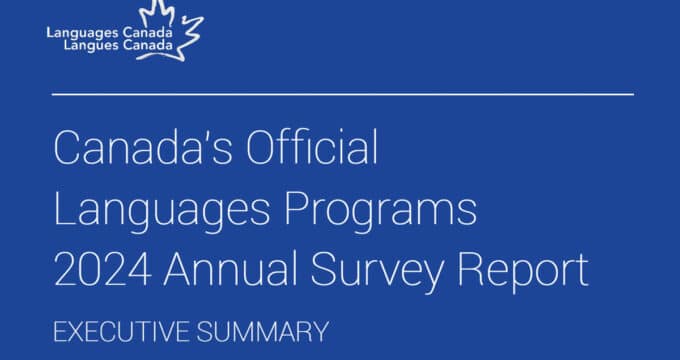Student mobility trends from South Asia: Bangladesh, India, and Pakistan
Developing countries, especially in South Asia, have a growing youth population and an under-supply of university places to satisfy demand. For example, by 2030, the number of college-age Indians is estimated to reach 400 million. As a result, many students have no other choice but to study abroad. Furthermore, as University World News reported recently,"inadequate higher education infrastructure and poor quality courses are pushing 600,000 Indian students to top universities overseas – and are costing the country around Rs950 billion (US $17 billion) in foreign exchange annually." These findings are based on a soon-to-be-published study called "Higher Education Scenario in India", conducted by the Associated Chamber of Commerce and Industry of India (ASSOCHAM). This topic also came up at the ICEF Higher Education Workshop held earlier this month in Dublin, Ireland (in 2013 the event moves to Istanbul, Turkey). During the event, Mr Syed Abidi, Chairman of the All Pakistan Education Consultants Association (APECOP) and Chief Executive of Falcon Education and Consultancy Services, gave a presentation on student mobility trends in South Asia. Below is a slimmed down version of his very meaty presentation which highlights the education market size and opportunities in Bangladesh, India, and Pakistan, and includes key factors in student mobility over the years, plus predictions for the future. Country highlights from Mr Abidi's report include: Bangladesh
- The government is focused on expanding budget allocation for higher education; several recommendations have been made to the Parliament and a number of programmes are underway.
- To expand the HE sector and increase opportunities for students who cannot travel abroad, the University Grants Commission is looking at distance learning solutions.
- The University Grants Commission (supported by the World Bank and Ministry of Education) has set up the Bangladesh Research and Education Network (BdREN). This project has a credit agreement of US $81 million and shall enhance teaching, learning, and boost research and allocate funds for public sector universities.
- India’s education sector currently offers an estimated US $40 billion market with a potential 16% 5-year CAGR, and is expected to grow to a mammoth US $116 billion market in 10 years.
- More than US $13 billion is spent every year by about 450,000 Indian students on higher education abroad.
- The government is planning to set up an exclusive agency to be called the Higher Education Quality Council for monitoring and granting licenses to foreign service providers interested in entering India.
- More than 195,000 students from India were studying overseas in 2009-10. The key five destinations were US, UK, Australia, New Zealand and Russia. But very recent statistics indicate a shift towards Europe, Canada, Singapore and China.
- Substantial demand exists from students, parents and employers with willingness to pay for quality private education.
- The last 3 years has witnessed a growth of 44% on the British GCSE O & A level qualifications, the bulk of which seeks overseas placement. This is also prompting a rise in undergraduate study abroad (South Asia is predominantly a postgraduate market).
- Pakistan has recently become the top market for Australia in vocational training.
: In further news, the Pakistani government has released more than 3 billion rupees (£19.9 million) to the Higher Education Commission to support over 10,000 doctoral students on government scholarships. The ministry of finance released the funds on 4 September, allaying fears that they would not be forthcoming, The Nation newspaper reported. The commission had not been able to send stipends to the scholars for the past two months, following disputes in the government over Pakistan's higher education budget. Mr Abidi has also stated that since the recent turmoil in the UK, the South Asian market is showing a 57% reduction in UK interest. For background on recent changes in the UK, please see our two previous articles: "The impact of government policy on British universities" and "UK visa policy remains in spotlight, compulsory applicant interviews to begin 30 July."
Most Recent
-
The surging demand for skills training in a rapidly changing global economy Read More
-
US issues corrected student visa data showing growth for 2024 while current trends point to an enrolment decline for 2025/26 Read More
-
Survey finds US institutions expanding agency engagement and focusing on new student markets Read More


















